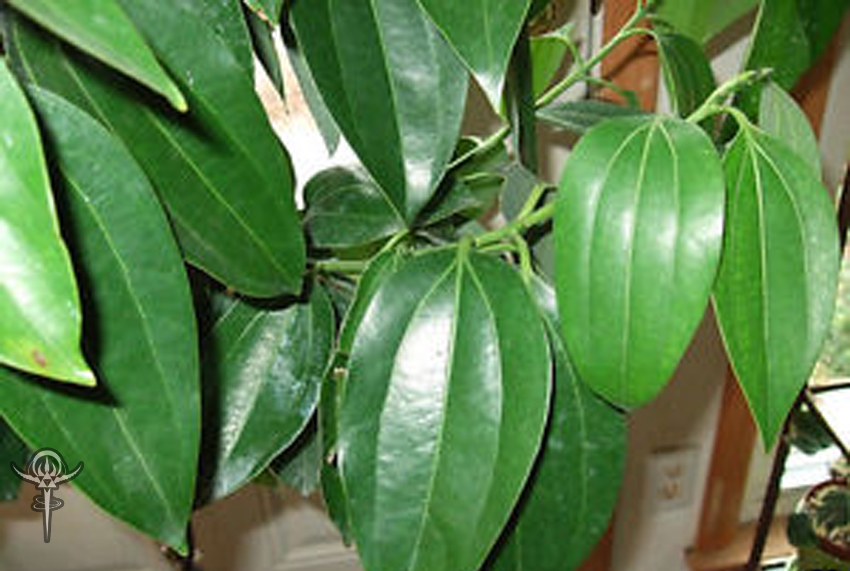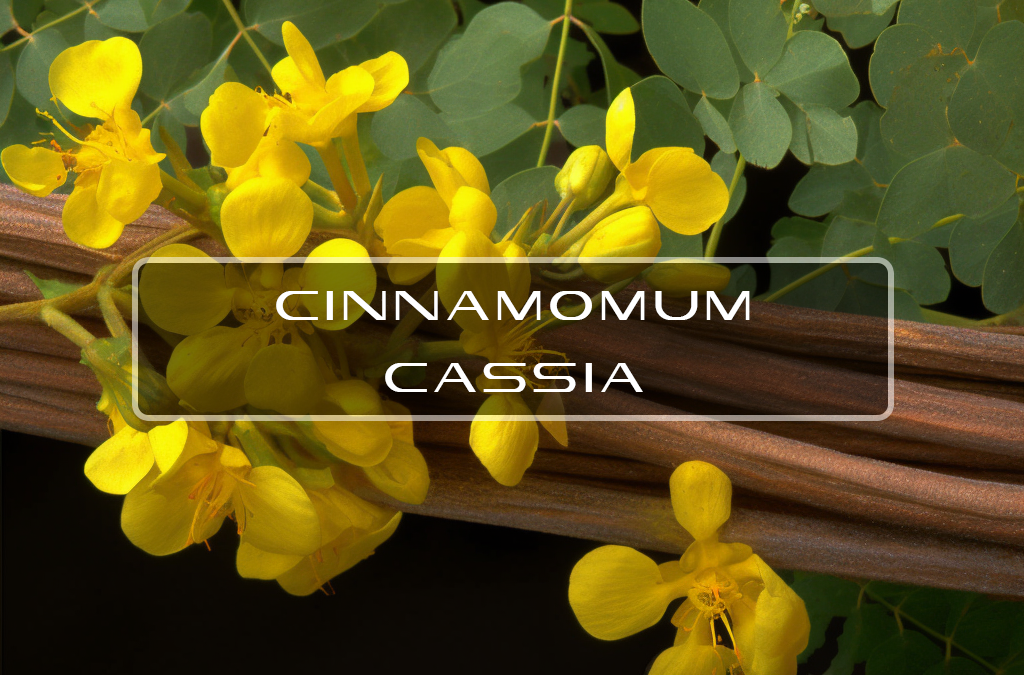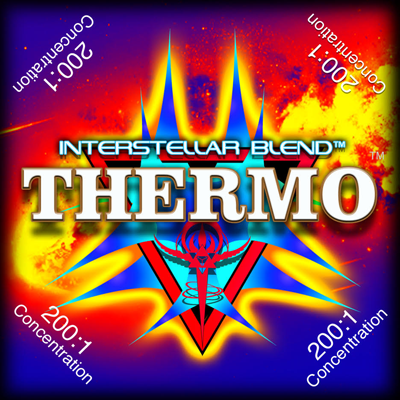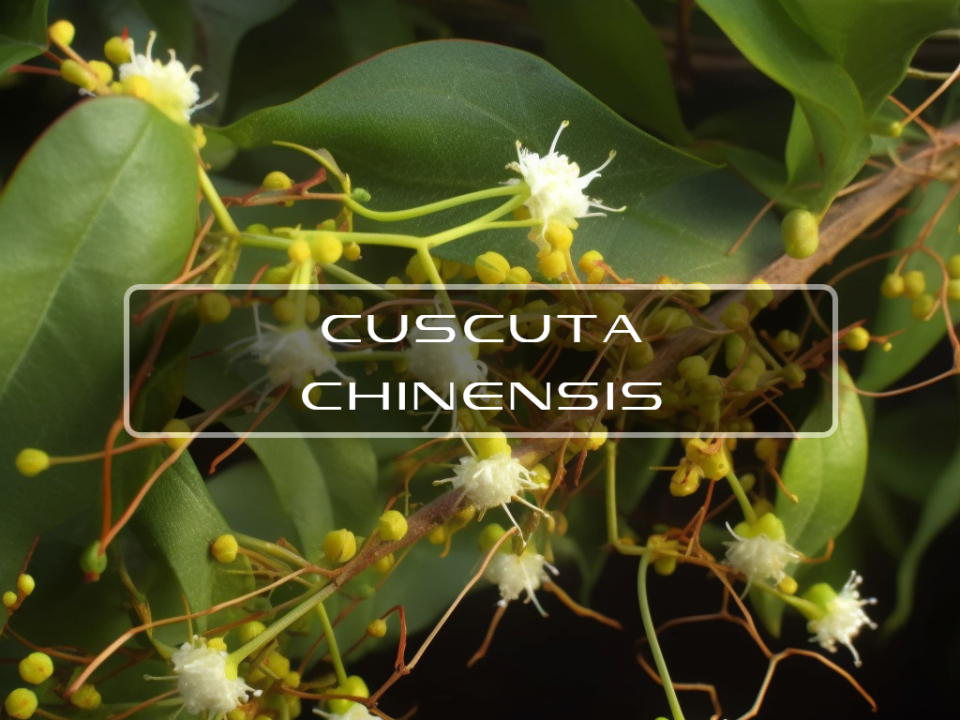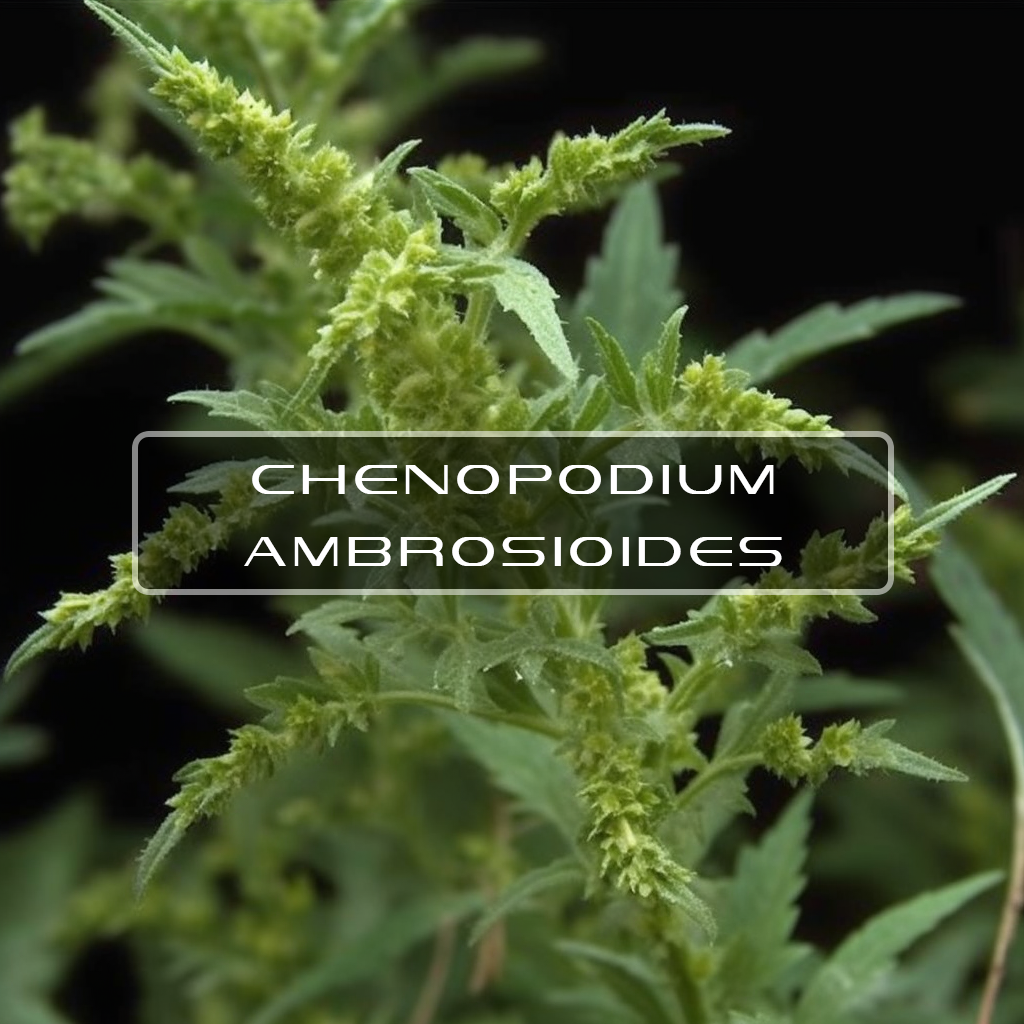
Chenopodium Ambrosioides
August 20, 2018
Commiphora Myrrha
September 8, 2018Cinnamomum Cassia
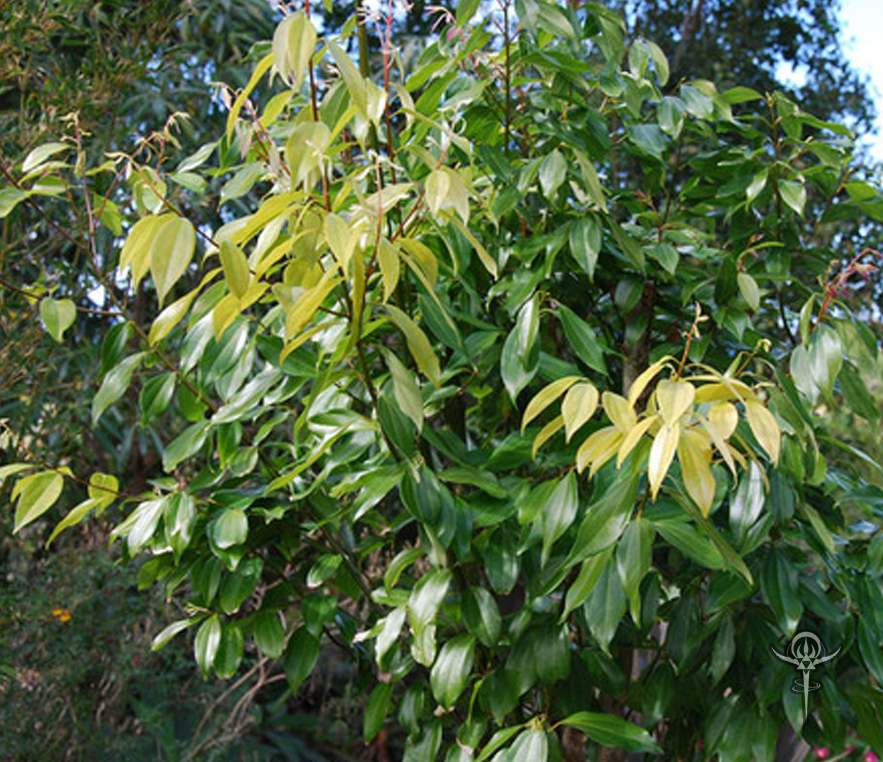
The way cinnamon is harvested is the inner bark is extracted and woody parts are removed. When it begins to dry it begins to form small strips that curl into rolls. These are the cinnamon sticks you see today.
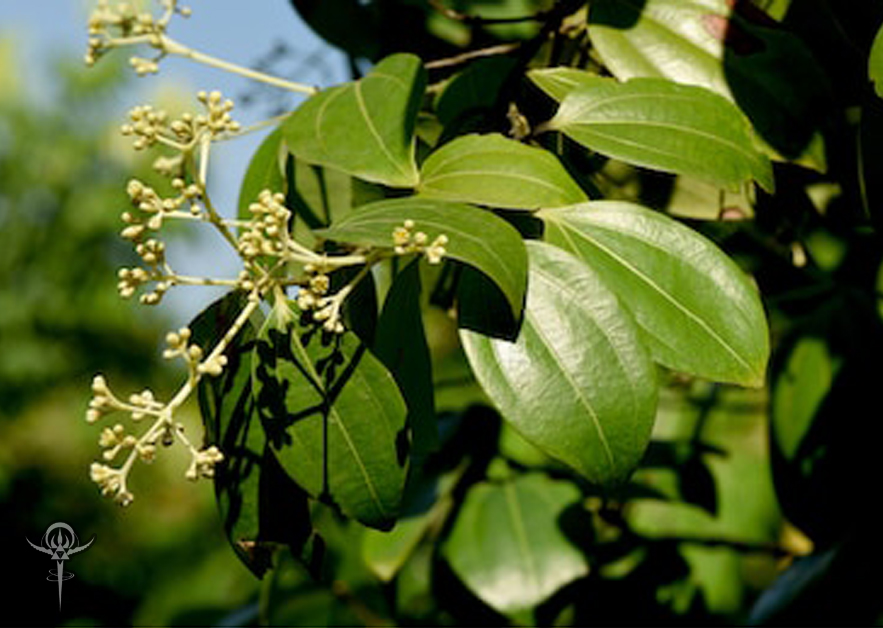
Benefits of Cinnamomum Cassia
Cinnamon alters the growth kinetics of SiHa cells in a dose-dependent manner. Cells treated with ACE-c exhibited reduced number of colonies compared to the control cells. The treated cells exhibited reduced migration potential that could be explained due to downregulation of MMP-2 expression.
Cinnamon could be used as a potent chemopreventive drug in cervical cancer.
We found that TCA altered the cell cycle phase distribution of Jurkat and U937 cells in a nonlinear concentration-dependent fashion. Taken together our results suggest that TCA maybe a useful chemotherapeutic agent for cancer treatment in human.
Antiproliferative Effect - Cinnamaldehyde (Cin), cinnamic acid (Ca) and cinnamyl alcohol (Cal), major constituents of Cinnamomum cassia, have been shown to possess antioxidant, anti-inflammatory, anticancer and other activities. In this study, our aim was to evaluate the antiproliferative activity of these compounds in human hepatoma Hep G2 cells and examine the effects of pifithrin-alpha (PFTα; a specific p53 inhibitor) on their apoptotic signaling transduction mechanism.
It markedly upregulated the anti-apoptotic (Bcl-XL) expression and downregulated the pro-apoptotic (Bax) expression, as well as effectively blocking the CD95 (APO-1) and p53 expression, and PARP cleavage in Cin-treated cells. This study indicates that Cin was the most potent antiproliferative constituent of C. cassia, and its apoptotic mechanism in Hep G2 cells could be mediated through the p53 induction and CD95 (APO-1) signaling pathways.
Cinnamaldehyde exposure rapidly reduces the cellular GSH levels in ECs over short term treatments but increases these levels after 9 h exposure. Hence, our present findings indicate that cinnamaldehyde suppresses TNF-induced singling pathways via two distinct mechanisms that are activated by different pretreatment periods.
Cinnamaldehydes have been shown to have inhibitory effects on farnesyl protein transferase (FPTase; EC 2.5.1.29) in vitro, angiogenesis, cell–cell adhesion, and tumor cell growth and to be immunomodulators.
These results support the hypothesis that the cinnamaldehyde derivative CB403 exerts cytostatic properties by inducing mitotic arrest in cancer cells.
Metastasis is the most common cause of cancer related mortality in patients, and epithelialâmesenchymal transition (EMT) is essential for cancer metastasis and antidrug resistance. Cinnamomum cassia has several antioxidative, anti inflammatory, and anticancer biological effects.
The nude mice xenograft model showed that CCE reduced A549 tumor growth. Thus, CCE possesses antimetastatic activity of A549 and H1299 cells by affecting EMT and suppressing A549 tumor growth in vivo. This result suggested that CCE could be used as an antimetastatic agent or as an adjuvant for anticancer therapy.
Anti-Inflammatory - We have investigated the anti-inflammatory effects of Cinnamomum cassia constituents (cinnamic aldehyde, cinnamic alcohol, cinnamic acid, and coumarin) using lipopolysaccharide (LPS)-stimulated mouse macrophage (RAW264.7) and carrageenan (Carr)-induced mouse paw edema model.
These findings demonstrated that cinnamic aldehyde has excellent anti-inflammatory activities and thus has great potential to be used as a source for natural health products.
